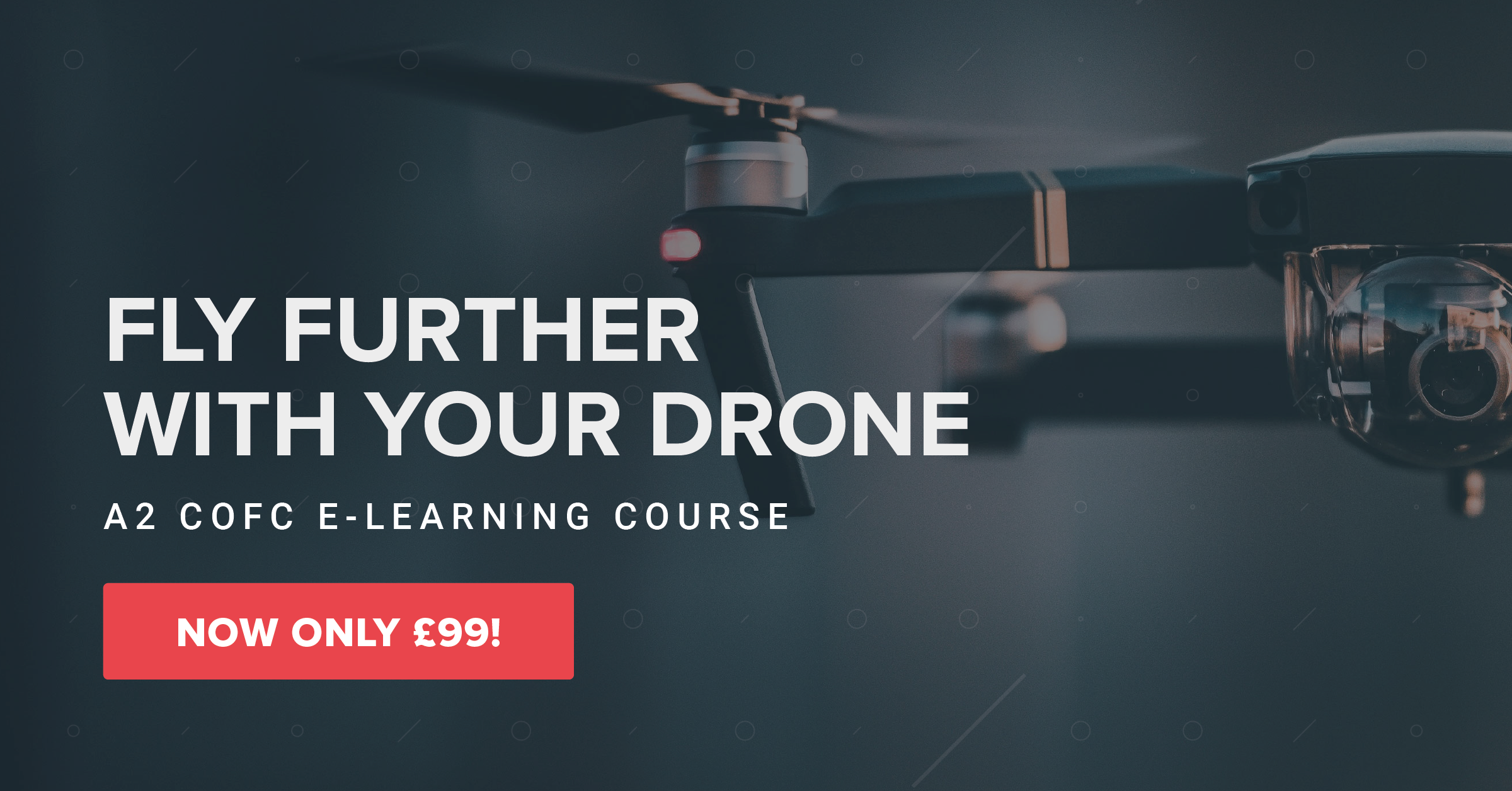This article is outdated
What are C2 Class Aircraft and How Can I Fly Them?
By June 2022, all new drones designed for sale on the open market and for use in the Open Category will be marked as belonging to one of five classes.
This table demonstrates each of the different drone classes and the subcategories that they relate to. Drones are classified according to maximum take-off mass (MTOM), maximum speed, and potential energy transference – as well as other safety and awareness features.
Pilots will only be able to operate in the subcategory that their drone complies with.
| Class | Subcategory | Requirements |
|---|---|---|
| C0 | Can be flown in all subcategories |
|
| C1 | Can be flown in all subcategories |
|
| C2 | Can be flown in subcategory A2 (‘close to people’) or A3 (‘far from people’) |
|
| C3 | Can be flown in subcategory A3 (‘far from people’) |
|
| C4 | Can be flown in subcategory A3 (‘far from people’) |
|
C2 Class Aircraft
Pilots who hold an A2 Certificate of Competency (A2 CofC) will be able to fly a C2 Class aircraft within the A2 subcategory of the Open Category. This category allows pilots to fly down to 30m of ‘uninvolved people’ – or down to 5m if the aircraft has been switched to a ‘low-speed’ mode (3 m/s).
A C2 aircraft is any aircraft that has less than a 4kg Maximum Take-Off Mass (MTOM). This includes any sensors and additional equipment your aircraft might be carrying.
C2 aircraft must be ‘safely made’, as determined by EU manufacturing standards. As well as this, they will need to have a remote ID, noise limitations, and geo-awareness capabilities.
Currently, C2 drones are not available to buy in the UK. By 30 June 2022, all unmanned aircraft on the market must be classified, and pilots will be able to fly existing drones that have a mass of less than 2kg – these are known as ‘legacy aircraft’.
What are ‘legacy aircraft’?
Pilots holding an A2 CofC are able to fly ‘legacy’ aircraft for subcategory A2 operations for the duration of the transition period (July 2020 – June 2022). The aim of this is to allow manufacturers to produce drones that comply with the new classification system.
Aircraft weighing between 250g and 500g (such as the DJI Mavic Mini) can fly close to people – but pilots are not able to fly over people.
As well as this, pilots with aircraft weighing between 500g and 2kg MTOM (such as the DJI Mavic 2) are able to fly within subcategory A2. However, these aircraft may only be flown at a maximum of 50m from ‘uninvolved people’.


